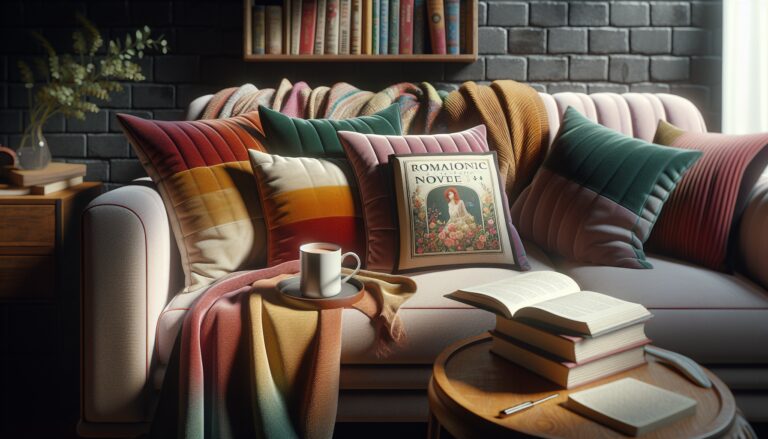Argomenti trattati
In recent years, the world of literature has seen a remarkable resurgence, particularly as people seek solace in the pages of their favorite books. This trend has not only rekindled a love for reading but has also sparked a fascinating connection between the genres we adore and the way we curate our living spaces. From cozy nooks filled with romance novels to vibrant corners inspired by fantasy tales, our reading preferences can reveal much about our personal style.
Romance: Warmth and Inviting Spaces
If you find yourself captivated by the fluttering emotions of romance novels, your home likely reflects that same warmth. Think soft edges, vintage decor, and an abundance of natural light. A classic romance reader often gravitates towards spaces that feel inviting and comfortable, perfect for curling up with a good book. Imagine a living room adorned with floral patterns, plush cushions, and perhaps a few cherished mementos from travels or relationships. This aesthetic not only creates a cozy atmosphere but also encourages moments of self-care and relaxation.
Mystery: Curated and Intriguing Designs
For those who thrive on suspense and intrigue, mystery novels often inspire a home filled with curated pieces that tell a story. A lover of mysteries might favor moody color palettes, vintage floral patterns, and eclectic decor that reflects their unique journey. Each item in their home serves as a clue, piecing together a narrative that is both personal and inviting. This style embraces the unexpected, allowing for a blend of textures and colors that create a visually stimulating environment, much like the plot twists in a gripping novel.
Fantasy: A Magical Retreat
Fantasy readers are often drawn to the whimsical and the extraordinary, and their homes reflect this love for the magical. A space inspired by fantasy literature might feature intricate details, antique finds, and vibrant greenery that transport you to another world. Think of cozy alcoves filled with books, quirky art pieces, and a layout that encourages exploration and imagination. This style is not just about aesthetics; it’s about creating a sanctuary that feels like a personal escape from reality, much like the pages of a beloved fantasy novel.
Historical Fiction: Character and Storytelling
Readers of historical fiction often appreciate the stories and character that come with age. Their homes may showcase original architectural details, vintage furnishings, and a sense of history that invites conversation. This aesthetic celebrates the past while incorporating modern comforts, creating a space that feels both timeless and relevant. By highlighting the unique features of their home, these readers create a living narrative that reflects their appreciation for history and storytelling.
Young Adult: Playful and Eclectic
If young adult novels are your go-to, your home likely embodies a playful spirit. This style often mixes sophisticated themes with vibrant colors and patterns, resulting in a lively and eclectic space. Imagine a dining room painted in pastel hues or an accent wall adorned with bold wallpaper. This approach encourages creativity and self-expression, allowing for a blend of thrifted treasures and trendy decor that tells a story of its own.
Nonfiction: Versatile and Functional Spaces
Finally, for those who gravitate towards nonfiction, the home often reflects a need for versatility and functionality. Spaces are designed to serve multiple purposes, such as a library that doubles as an office or a cozy reading nook that invites productivity. This style emphasizes practicality while still maintaining a sense of comfort, ensuring that every corner of the home is utilized effectively. A nonfiction reader’s space is a testament to their diverse interests, showcasing books that inspire, educate, and entertain.

